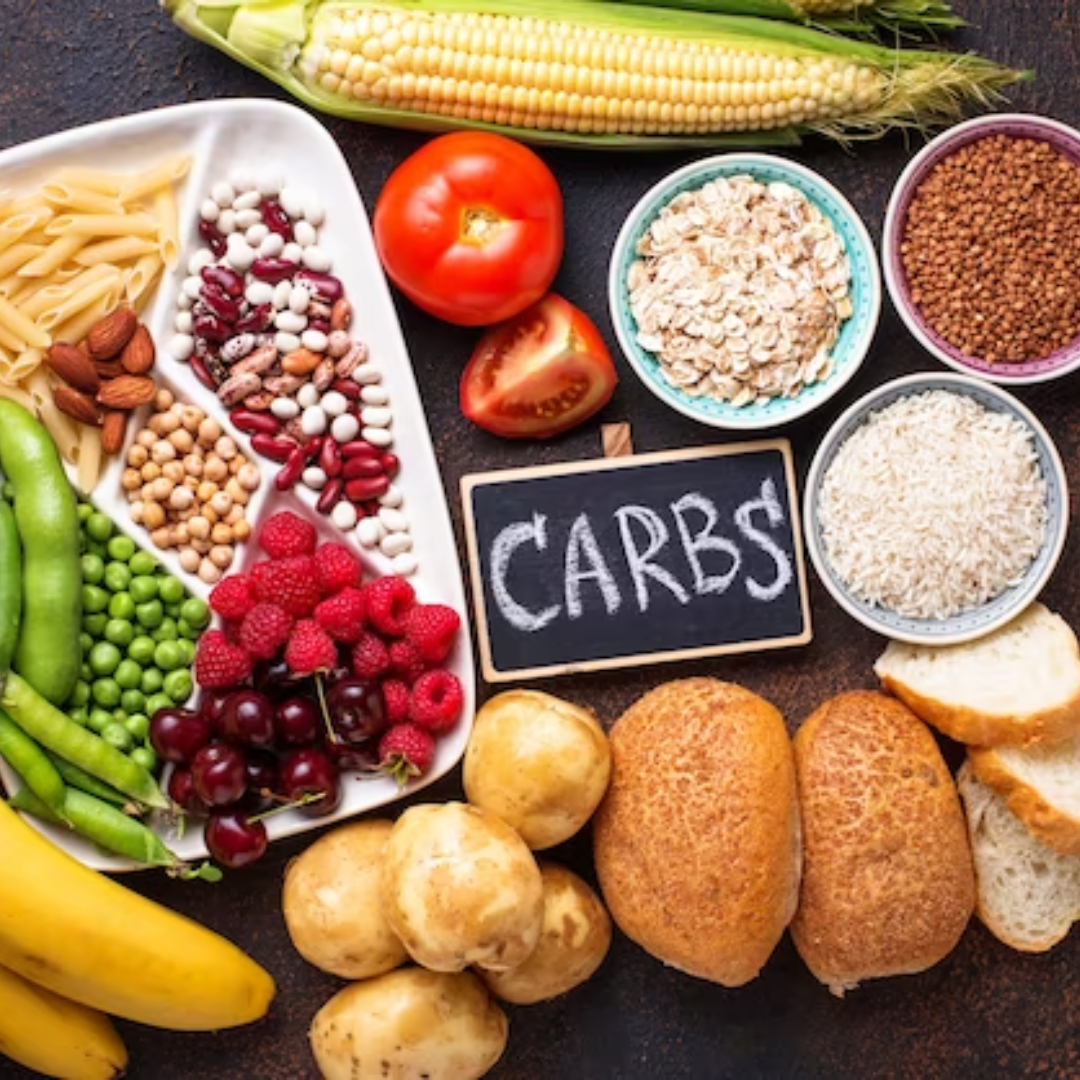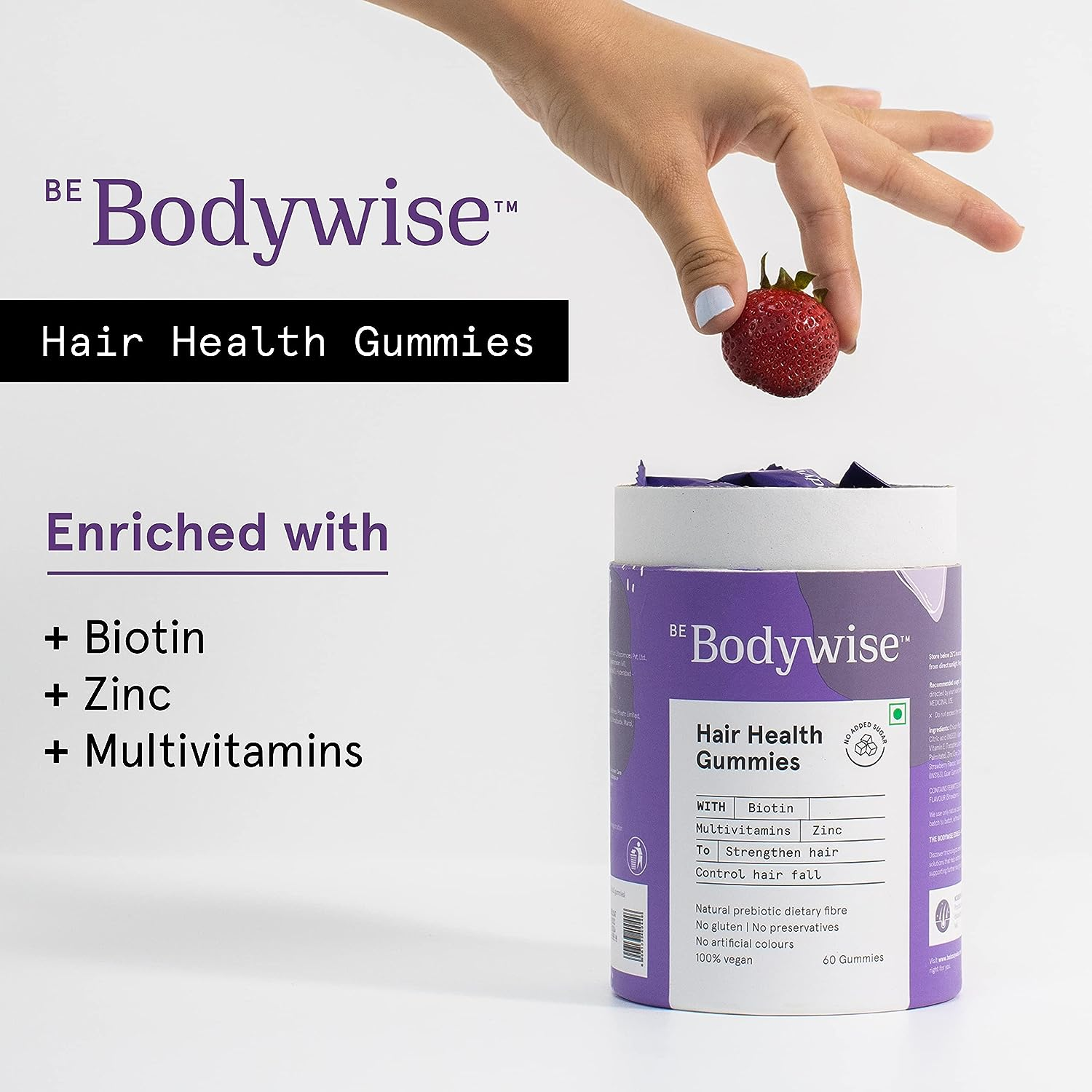Exploring Isolate Protein: Your Key to Optimal Health and Fitness

Explore the world of isolate protein, a dietary supplement that is making waves in health and fitness circles. Discover its benefits, uses, and everything you need to know about this nutritional powerhouse.
As more people take control of their health and wellness, the need for effective dietary supplements has never been higher. One such supplement that has been creating a lot of buzz recently is isolate protein. This article explores everything you need to know about this nutritional powerhouse, from its benefits to its usage and more.
Isolate Protein: A Deep Dive
Isolate protein is the purest form of protein available. Derived from various sources, it’s a highly refined product with minimal fats and carbs, leaving nearly pure protein. This section delves into the nitty-gritty of isolate protein, exploring its composition, processing, and sources.
Composition of Isolate Protein
Isolate protein is characterized by its high protein content, often exceeding 90%. It has minimal fats and carbohydrates, making it an excellent choice for those looking to increase their protein intake without adding extra calories.
Composition Chart of Isolate Protein
Find a general composition chart for isolate protein. Please note that the exact composition may vary slightly based on the brand and the source of the protein (whey, soy, pea, etc.)
| Component | Percentage |
|---|---|
| Protein | Over 90% |
| Carbohydrates | Less than 1% |
| Fats | Less than 1% |
| Minerals/Vitamins | Varies |
| Lactose | None or Trace Amounts |
The majority of isolate protein is, as the name suggests, protein. It contains over 90% protein, making it one of the most protein-dense supplements available. The remaining composition is a mix of carbohydrates and fats, which are present in minuscule amounts (usually less than 1%). Depending on the processing, it is either completely free of lactose or contains only trace amounts, making it suitable for those with lactose intolerance.
Some brands might also fortify their protein powders with additional vitamins and minerals for added nutritional benefits. Always check the label for the exact composition of the product you’re purchasing.
Processing of Isolate Protein
The process of creating isolated proteins involves several stages. The protein source undergoes filtration to remove fats and carbohydrates, and the remaining mixture is then processed further to yield the pure protein isolate.
Sources of Isolate Protein
The primary sources of it are milk (whey and casein), soy, and peas. Each source offers its unique benefits and may be preferable depending on dietary restrictions or preferences.
Benefits
Isolate protein offers numerous benefits that can support a healthy lifestyle. This section details these advantages, ranging from muscle recovery to weight management and more.
Promotes Muscle Recovery and Growth
Isolate protein is a fast-absorbing source of amino acids, the building blocks of muscle tissue. Consuming it after a workout can help speed up recovery and promote muscle growth.
Supports Weight Management
With its high protein content and minimal fats and carbohydrates, isolate protein is an excellent supplement for those looking to manage their weight. It can help curb hunger and preserve lean muscle mass during weight loss.
Aids in Nutrient Uptake
Due to its pure composition, isolate protein can be easily digested and absorbed by the body. This allows for quick nutrient uptake, essential for those with increased protein needs or poor digestion.
Isolate protein is considered superior to other protein supplements due to a variety of reasons:
- High Protein Content: Isolate protein typically contains over 90% protein. This makes it one of the purest forms of protein available, providing more protein per serving compared to other types of protein supplements.
- Low in Fat and Carbohydrates: The process used to create isolate protein effectively removes most of the fat and carbohydrates. This results in a product that is almost pure protein, making it an excellent choice for individuals looking to minimize their intake of fat and carbs.
- Fast Absorption: Isolate protein is quickly absorbed by the body. This makes it particularly beneficial for muscle recovery and growth after workouts.
- Lactose-Free: Isolate protein is usually lactose-free, making it a suitable choice for individuals with lactose intolerance or sensitivity.
- Versatility: The mild flavor of isolate protein makes it easy to incorporate into a variety of foods and beverages. You can add it to smoothies, and oatmeal, or even use it in baking.
- Beneficial for Weight Management: Due to its high protein content and low fat and carbohydrate levels, isolated protein can help to maintain or increase muscle mass while aiding in fat loss. Protein is also more satiating than fat and carbohydrates, which can help to reduce overall calorie intake.
- Suitable for Various Dietary Preferences: Isolate protein can be derived from a range of sources including whey (dairy), soy, and peas, making it suitable for individuals with various dietary preferences or restrictions.
Remember, while isolated protein offers numerous benefits, it’s important to consume it as part of a balanced diet. It’s also recommended to consult with a healthcare professional or a dietitian to determine the right amount of protein for your specific needs.
also, read Whey Protein Isolate Vs. Concentrate? Which One is Good?
How to Use Isolate Protein
it is versatile and can be incorporated into your diet in various ways. This section provides practical tips on how to use this supplement effectively.
Timing Your Intake
While you can consume isolated protein at any time, taking it around your workouts may offer additional benefits. Consuming it before a workout provides your muscles with the necessary amino acids while having it after a workout aids in recovery.
Mixing with Foods and Beverages
It can be easily mixed with various foods and beverages. You can add it to your smoothies, oatmeal, or even bake with it. This makes it easy to incorporate into your daily diet.
Determining the Right Amount
The amount of isolated protein you need depends on various factors, including your weight, activity level, and overall protein intake. It’s recommended to consult with a healthcare professional or a dietitian to determine the right amount for you.
Considerations When Choosing Isolate Protein
When choosing isolate protein, it’s essential to consider various factors to ensure you’re getting a quality product. This section provides a guide on what to look out for when selecting protein.
Check the Protein Content
As the name suggests, it should have a high protein content. Always check the label to ensure that the product has at least 90% protein.
Consider the Source
Depending on your dietary needs or preferences, you may prefer isolated protein derived from specific sources. If you’re lactose intolerant, for example, you might opt for soy or pea protein isolate.
Look Out for Added Ingredients
Some isolated protein products may contain added sugars or artificial ingredients. Always read the label carefully to ensure you’re getting a clean product.
FAQs
Conclusion
Isolate protein is a powerful dietary supplement that offers numerous benefits. Whether you’re looking to support muscle recovery, manage your weight, or simply boost your protein intake, isolated protein can be a valuable addition to your diet. Remember to consider your dietary needs and preferences when choosing a product, and always consult with a healthcare professional if you’re unsure about the right amount for you.
- Water Intake Calculator: Everything You Need to Know - September 7, 2024
- 5 Weight Gain Drink Recipes for Healthy Bulking - March 29, 2024
- High-Calorie Banana Shake for Weight Gain - March 27, 2024









